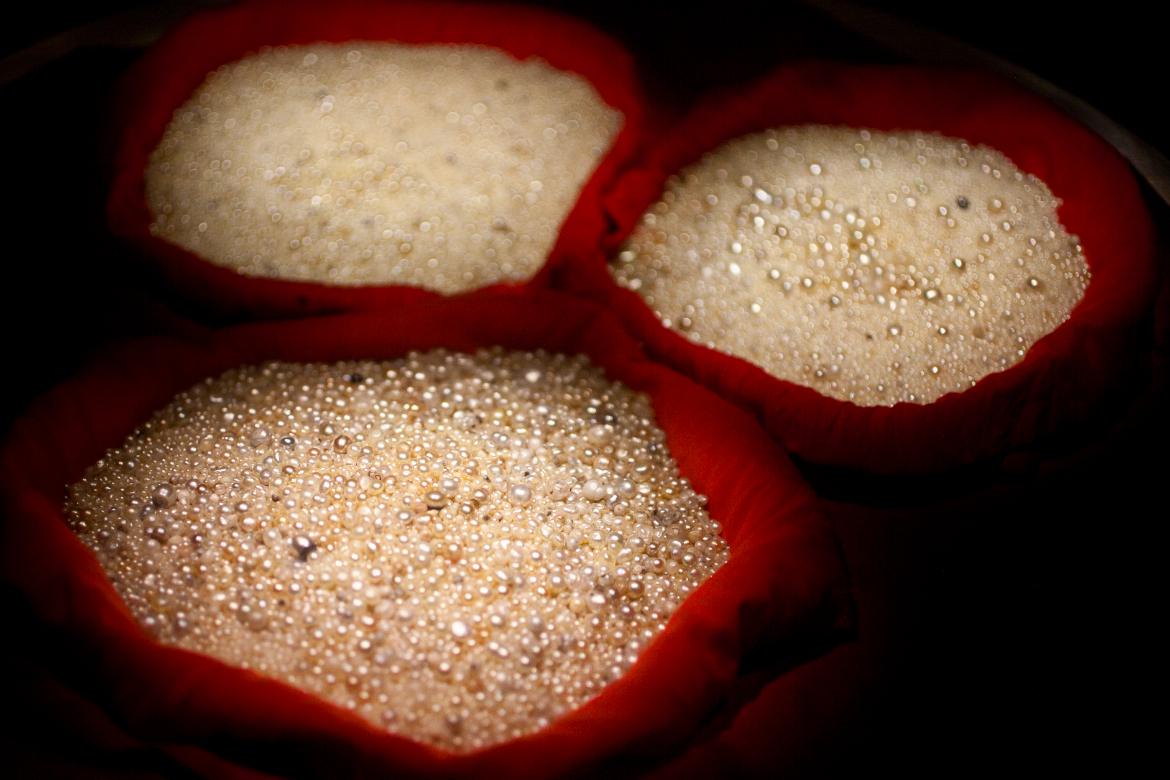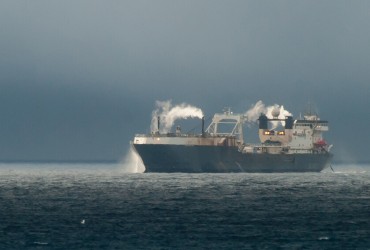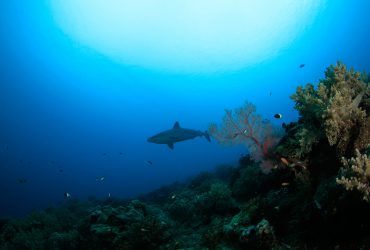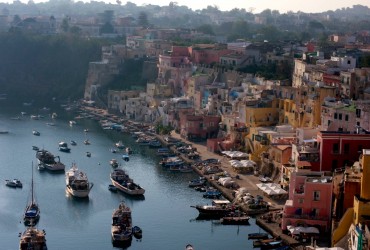The world’s most ancient pearl
Pearls seem to be part of our history, as well as in literature than in oral legends. Until now, we thought that their collection began 2700 years ago, thanks to the printings found on sculptures and coins. The most ancient necklace is the one from Suse. It is designed by three rows of 72 pearls each, it comes from the shrine of a queen of the Achaemenid part of Persia and is 2’400 years old. But a recent discovery of a pearl from a Neolithic site of the Umm al Ouwain Emirates, traces its origin to 5’500 years before our time. It’s the most ancient pearl ever found.
The pearl oyster beds from the Persian Gulf are undoubtedly the most ancient and the most important ever known. The conditions are ideal for fishing: shallow and warm water with fresh water sources in the middle of the sea. In this area, two types of pearl oysters proliferate, the Pinctada margaritifera and the Pinctada radiate, smaller than the first one but easier to fish and has a better quality.
Since the end of the Stone Age, more than 7’000 years ago, life in the region has always gravitated around pearls. The ancient chronicler Ptolemy explains the existence of fisheries that were in Tylos (Bahrain). The saga of Gilgamesh from Mesopotamia tells us how he dived under the sea with weights around his feet in order to pick up the “flowers of immortality”. Much later, Pline the ancient will write in his Historia Naturalis that pearls were the most expensive commodities of the entire Roman Empire and the ones from the Gulf were the most appreciated. Divine pearl? The bible defines Paradise as a “Pearl of great price” and the Koran evokes the presence of pearls in the sky…
We know more than seventy varieties of pearl oysters, most of them from the “pinctadine” family. Some oysters are deemed for their pearls, others for their shells. Like most of the other bivalve molluscs, the Pinctada margaritifera is a filter feeder: it consumes phytoplankton (micro-algaes, cyanobacterias) and suspended particles. The nutriments are held by the gill’s lashes, coated by the mucus, and digested in the stomach by a grinding stylus. The oyster can also directly absorb dissolved organic substances with her gills.
 The oyster fixes itself, with the help of her byssal thread, (very strong filaments), on the dead coral rocks, the mollusc’s shell… we can find it from the intertidal zones until hundred meters deep. The optimal activity of this nacre can be found between 20 and 30 meters deep. Having a diameter of approximately 15 to 20 centimetres, the shell is thick, it can weigh up to three kilos.
The oyster fixes itself, with the help of her byssal thread, (very strong filaments), on the dead coral rocks, the mollusc’s shell… we can find it from the intertidal zones until hundred meters deep. The optimal activity of this nacre can be found between 20 and 30 meters deep. Having a diameter of approximately 15 to 20 centimetres, the shell is thick, it can weigh up to three kilos.
It’s the upper layer of the oyster’s flesh, thanks to the epithelial cells inside it, that is going to secrete the nacre forming the pearl. When a grain of sand accidently penetrates inside the oyster’s flesh, it activates a defence mechanism that provokes the secretion of pearl material inside a pearl-sac which has its internal surface covered with epithelial cells. A few months later, a pearl is born. Composed of 90% of aragonite (carbonate calcium), 5-6% of conchiolin (organic mater that links the materials), water and other mineral salts.
The pearls widths are between eight and sixteen millimetres and have very varying shapes: round, circled, semi-round, pear-shaped, baroque… Besides the size, shape, colour and condition of the surface, two adjectives set the pearl’s quality: the lustre and the orient. The lustre is due to the light’s reflexion on the pearl’s surface and the orient to the diffraction of the beams of light on the opaque surface of the pearl, which gives a characteristic shimmer. I will have the opportunity to appreciate it in Dubai, our next stop.




